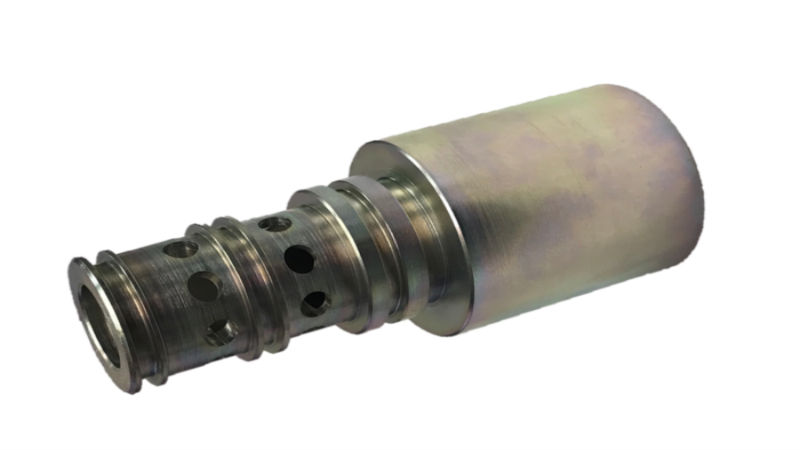Companies can source any of several techniques for providing the right finish to a metal component. In the argument of which is better, two candidates are potential winners. These are wet painting and powder coating. In order to understand the advantages and purpose of each, this article focuses on the difference between a powder coat and paint.
Capabilities
Finishing a metal is practical in today’s world. It is also essential for carbon steel and ductile iron. Without any form of protection, these metals would react with the oxygen present in the air and corrode. The coating of components with paint or powder provides them with a form of protection against the elements. This, and for aesthetic reasons, is why a company asks for such finishing services.
While both paint and powder provide corrosive resistance, powder is more effective at retaining anti-corrosion capabilities for longer. Its durability ensures it can withstand the scrapes and abrasions responsible for reducing the covering and, therefore, remove its effectiveness as a protection. In other words, wet paint lacks the ability to withstand as much damaging forces as powder can.
Color Retention
Another difference between a powder coat and paint is color. Admittedly, paint comes in more colors, shades, and variations. It is always easier to match paint colors than it is powder coatings. However, the colors of powder coatings are less likely to fade. They retain their color for longer.
A Major Difference Between Powder Coat and Paint
When it comes to two important aspects: safe usage and the environment, there is a major difference between powder coat and paint. Paint contains volatile organic compounds (VOCs). These are extremely hazardous to humans and the environment and can be dangerous to store and dispose of. This is not true for powder coatings. They contain no VOCs, are reusable in the shop and feature no carcinogenic threat to the environment or human health.

